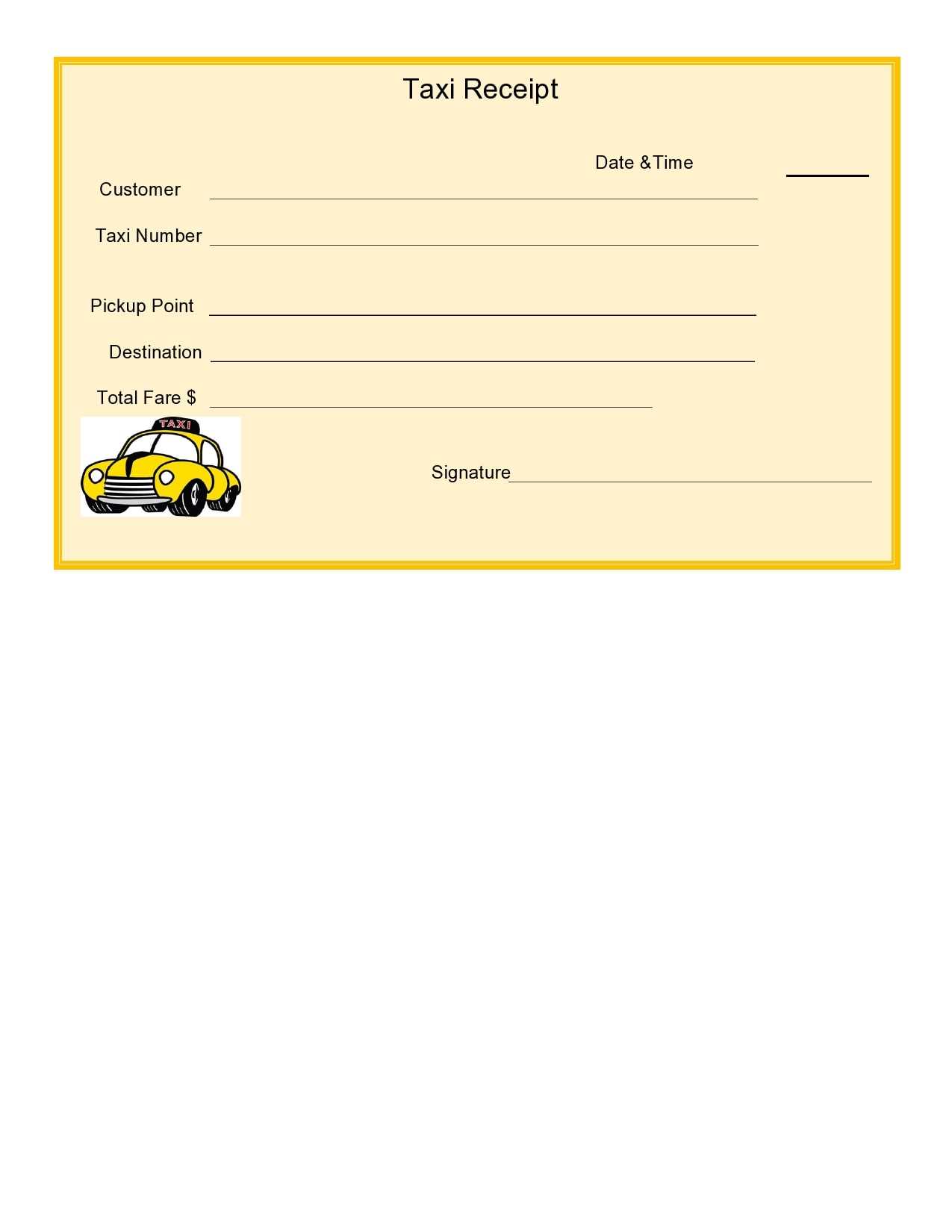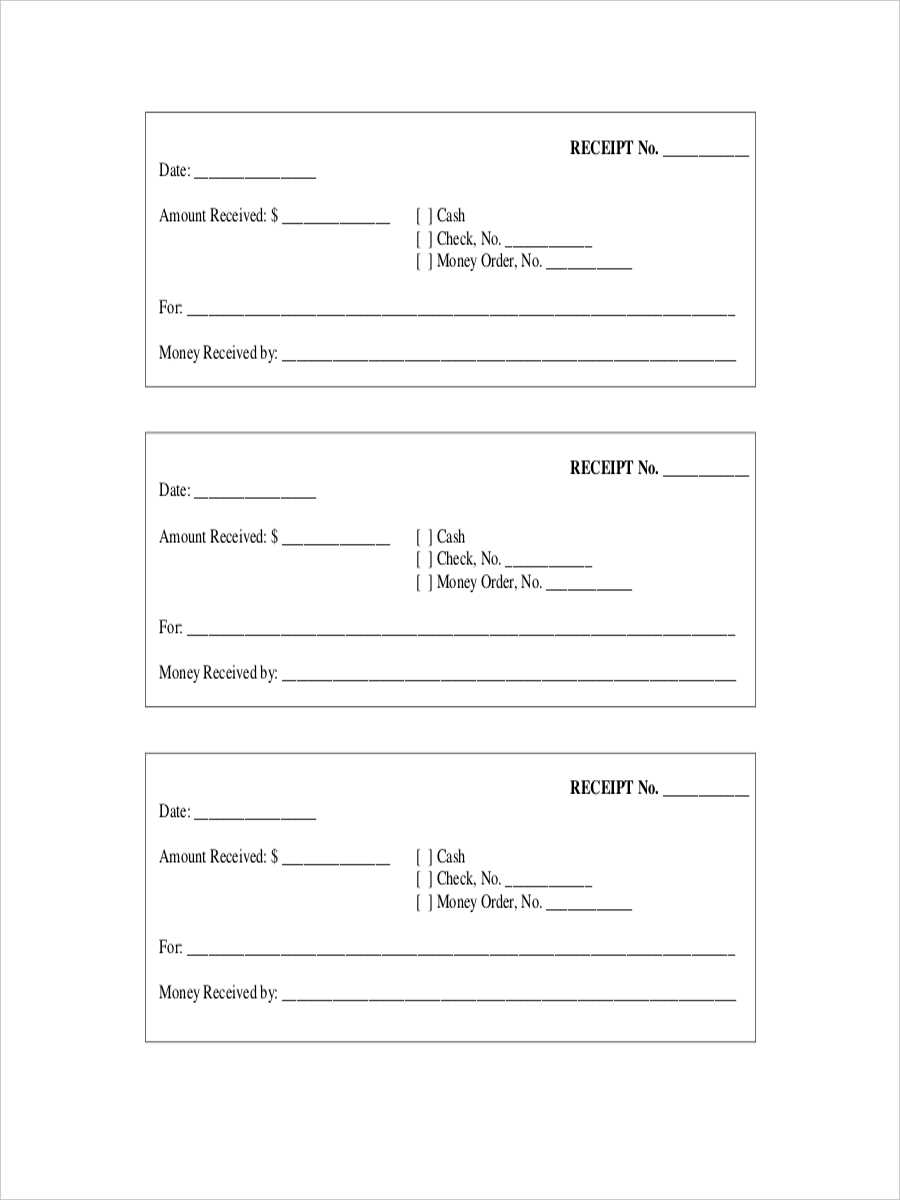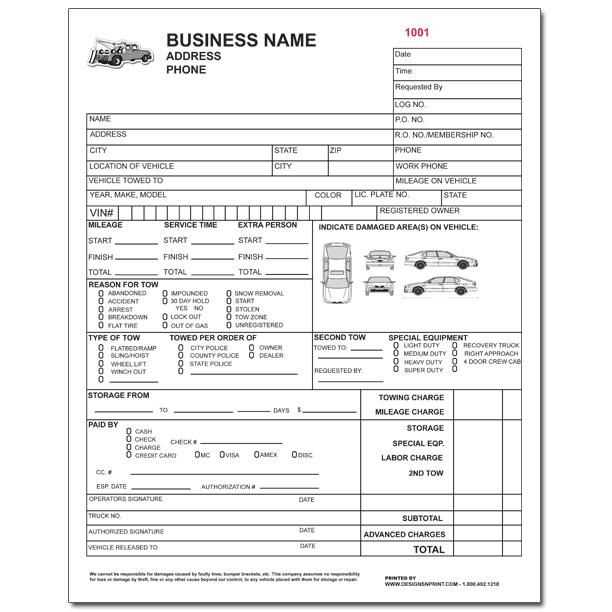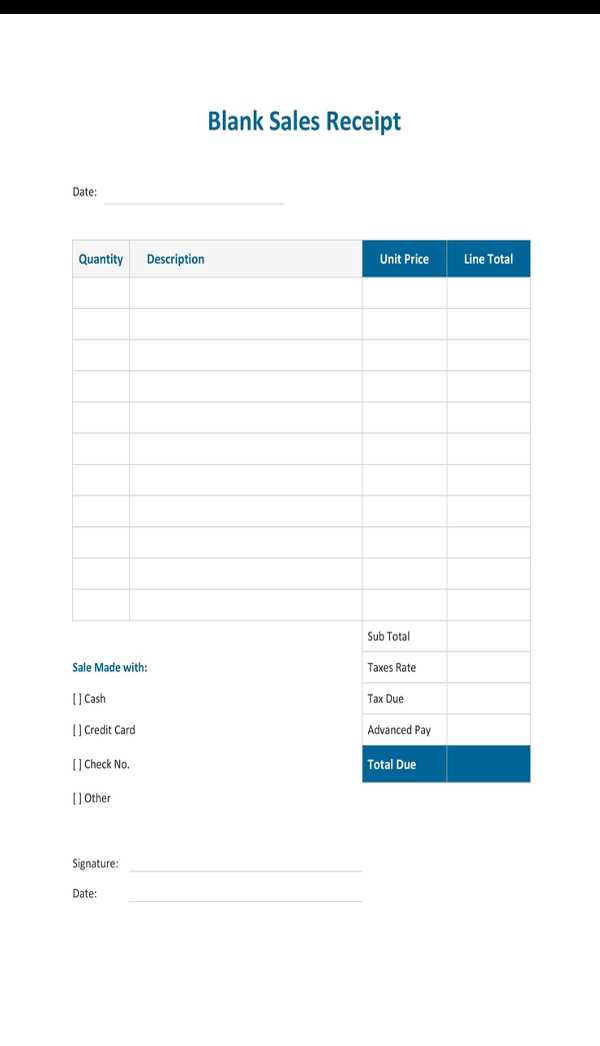
Key Elements for a Mechanic Receipt
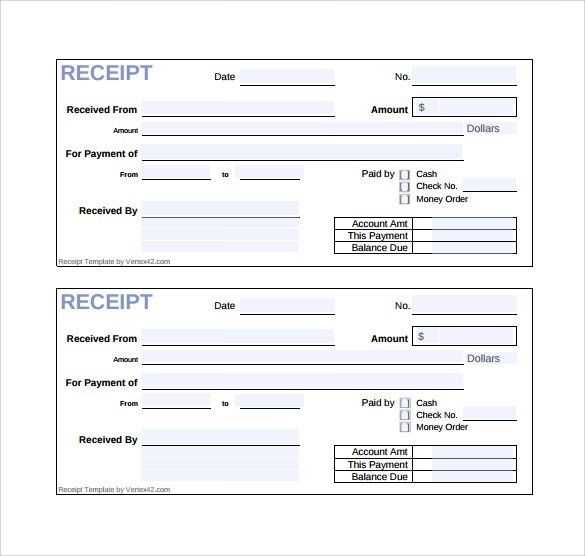
A well-structured mechanic receipt includes specific details to ensure clarity for both the service provider and the customer. These elements prevent disputes and provide a record of completed work.
- Business Information: Include the mechanic shop’s name, address, phone number, and email.
- Customer Details: Capture the customer’s name, contact information, and vehicle details (make, model, year, VIN).
- Service Description: List each repair, maintenance task, or part replacement with a brief explanation.
- Labor and Parts Costs: Break down the charges, showing labor hours, hourly rates, and the cost of each part used.
- Total Amount and Payment Details: Display subtotal, taxes, discounts (if applicable), and final cost. Specify the payment method and transaction ID if available.
- Terms and Warranty: Indicate any warranties on parts or services, along with return and refund policies.
- Authorized Signature: Require signatures from both the mechanic and the customer to confirm agreement on services rendered.
Benefits of Using a Pre-Formatted Template
A structured template saves time and ensures accuracy in documentation. Mechanics can standardize their records, reducing errors and misunderstandings. Digital templates offer additional advantages:
- Automation: Pre-filled sections eliminate redundant data entry.
- Professional Appearance: A clear format improves customer trust and credibility.
- Easy Customization: Editable fields allow adjustments based on service type and pricing.
- Paper and Digital Compatibility: Print hard copies or send electronic versions via email.
Having a ready-to-use mechanic receipt template ensures smooth transactions and keeps records organized for future reference.
Blank Mechanic Receipt Template
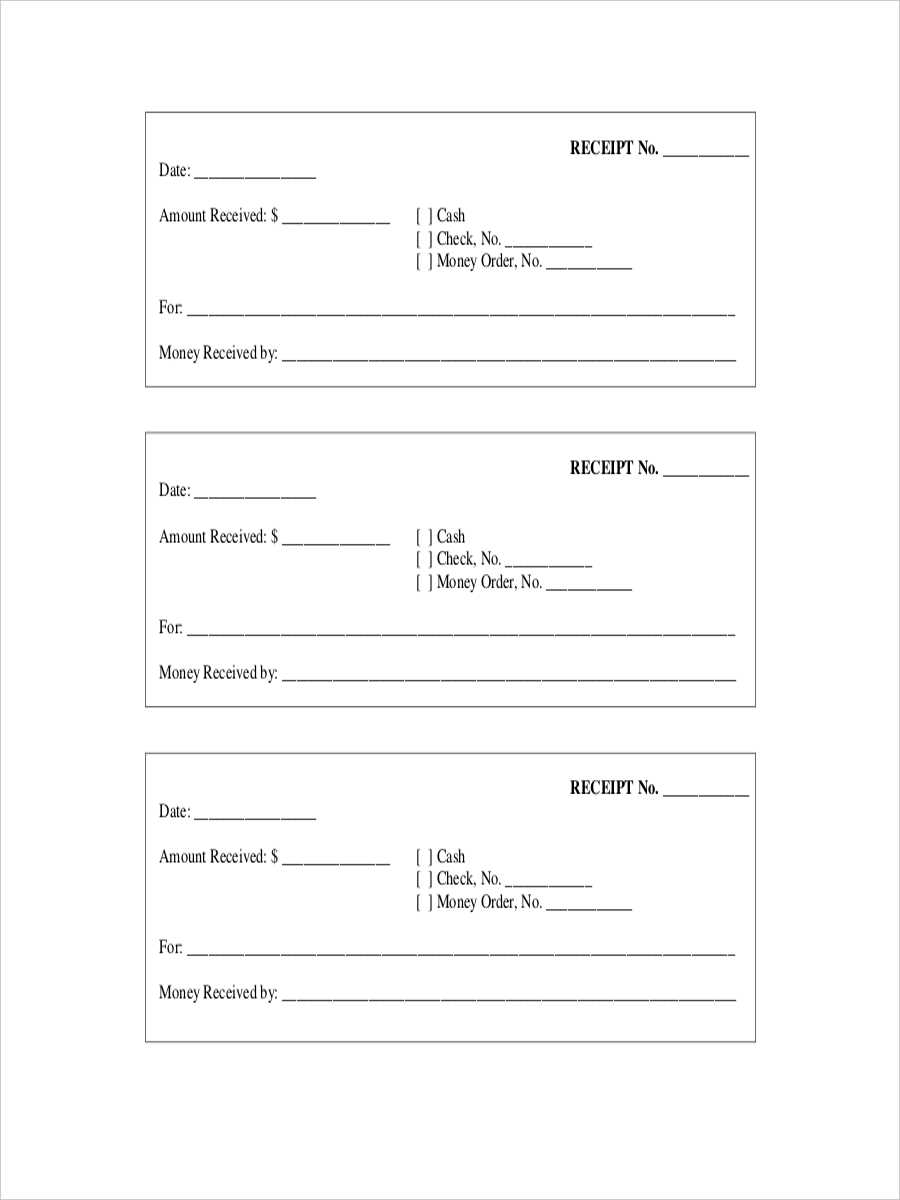
Key Elements to Include in a Repair Receipt
A well-structured repair receipt must contain the service provider’s name, contact details, and business registration number. Include the customer’s information, a detailed breakdown of services performed, parts used, labor charges, taxes, and the total amount due. Each entry should have a clear description and pricing to ensure transparency.
Customizing a Template for Various Services
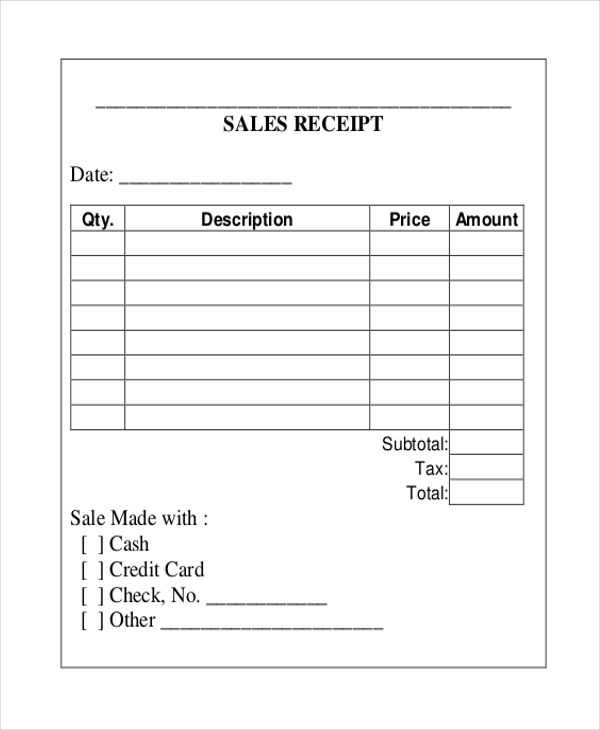
Adapt the template by adding fields specific to different repair types. For example, auto repair shops may include vehicle make, model, and VIN, while electronic repair services might list device serial numbers and diagnostic codes. Custom sections streamline documentation and improve record accuracy.
Ensure the receipt format is clear and legible. Use tables for structured data, highlight key amounts, and include a section for terms and warranty details. Digital templates should be easily editable to accommodate business needs without requiring frequent redesigns.
